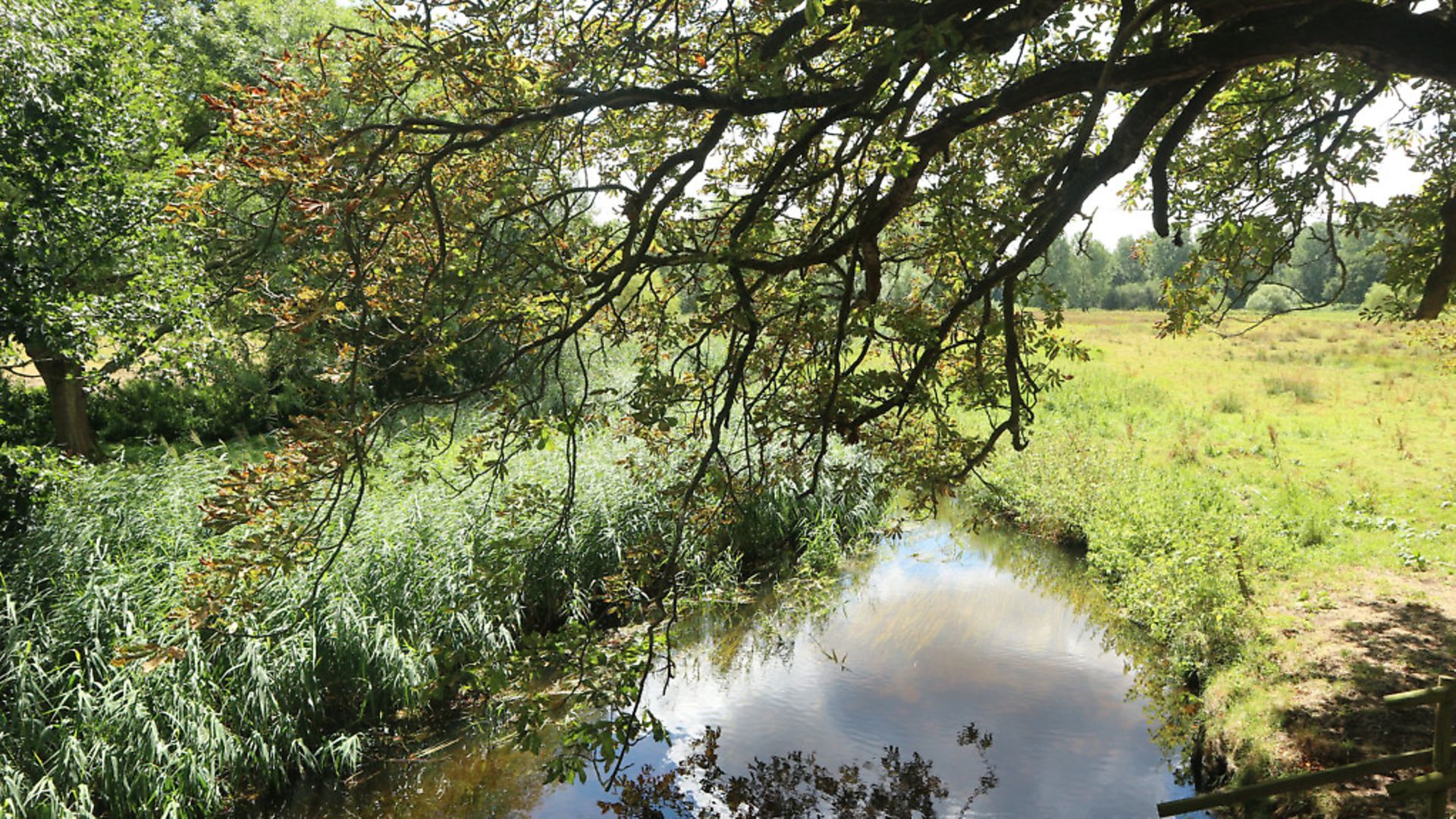
PETER TRUDGILL suggests a time and a place for when and where the English language came into being
English is a language which certainly came into existence rather gradually. If we want to know how old it is, the only sensible way of answering that question is to determine when English started breaking away from the other West Germanic languages, and especially from Frisian, which is its closest relative.
The West Frisian language is still spoken today in the north-westernmost part of the Netherlands. The related North Frisian language is spoken along the western coastline of Schleswig-Holstein, Germany, immediately to the south of the Danish border, and on the offshore islands – this area was settled from West Friesland in the Middle Ages. And East Frisian still survives as a tiny language island in the Saterland, Lower Saxony.
The English language began to acquire a separate identity of its own once the West Germanic speakers who had originally crossed the North Sea from mainland Europe, initially as mercenaries during the Roman occupation and subsequently as raiders, first started to overwinter and then settle permanently in eastern Britain. This eventually led to the West Germanic dialects breaking up into separate languages, and so to the development of the English language.
The settlement started happening in the 300s AD, but only gathered significant momentum in the 400s. Probably, as West Germanic dialect speakers, English and Frisian speakers remained reasonably intelligible to one another into the 6th and 7th centuries, and maybe well beyond. But it would not be unreasonable to suggest that English came into being during the 5th century AD.
But if that is when English started – then where did it start? The two leading contenders for that honour seem to be East Anglia – Norfolk and Suffolk; and Kent and Sussex. These areas lay immediately across the North Sea from the coastline of the original area occupied by the West Germanic people, and were probably the very first British places where these intruders settled on this island.
East Anglia is said to be the area of England with the lowest proportion of surviving pre-English Romano-Celtic place-names, something which can be interpreted as suggesting that there was heavier Germanic immigration to this region than anywhere else in the southeast of England.
East Anglia is also the region where the largest concentration of early Old English (pre-650 AD) runic inscriptions has been found, for example at Binham and North Elmham in north Norfolk, and at Lakenheath in northwest Suffolk. (Before Christianisation and the introduction of the Latin alphabet into northern Europe, runes were used for the writing of a number of languages, such as Old Norse, Old English and Gothic.)
So it is not stretching things too much to suggest that East Anglia was perhaps the earliest place in the world where anybody ever spoke English. Certainly, the oldest piece of written English ever discovered anywhere was found in the Anglo-Saxon graveyard in Caistor St Edmund, just outside Norwich. It consists of a runic inscription on a piece of deer bone.
One theory suggests that this bone may have been used as a piece or counter in the playing of some kind of game. The inscription dates from the early 400s AD, and consists of the single word raihan, ‘roe deer’. It is on display today, very close to where it was found, in Norwich Castle Museum, in what may well have been the region of the world where the dialect which became English was first spoken.
Runes
From the first century AD, Runic inscriptions were carved on wood, stone or bone, using a pre-Christian Germanic alphabet of between 20 and 30 letters. These were angular, straight-lined symbols, which made for easier engraving. The runic symbols were probably derived from ancient alphabets which had been used to write some of the different languages of the Italian peninsula.










